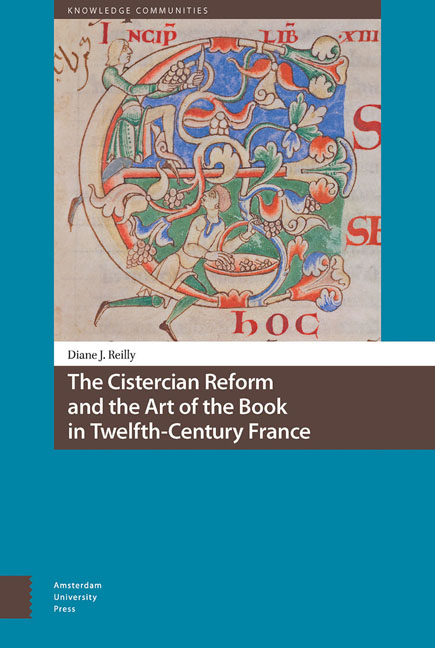Summary
Then Ezra, the priest, brought the law before the multitude of men and women and all those that could understand in the first day of the seventh month. And he read it plainly in the street that was before the water gate from the morning until midday before the men and women and all those that could understand, and the ears of all the people were attentive to the book (2 Ezra 8: 2-3).
The practice of reading Scripture aloud to the congregation of the faithful has its roots in the Old Testament. Long before Christian monasteries codified the practice of continuously reading aloud from the Bible as a component of their routine observances, second-century Christians were described by Tertullian and Justin Martyr as listening to readings from Scripture and singing psalmody as part of their Eucharistic celebrations. By the time of the beginnings of communal monasticism, the systematic reading of Scripture surrounded by psalmody and prayers at regular hours was common to most religious houses, though the content of these services could vary widely. In western Europe, The Rule of St. Benedict codified the round of readings from Scripture, Patristics and homilies, introducing to western monasticism what was, for a time, the almost universal paired expectations that all monks would hear the entire Bible and discourses on Scripture in the course of a single year, and that members of the same community would share the same listener experience.
Those who stood together in the choir and heard the same lections and prayers, and themselves sang the same memorized Psalms, canticles, and chants, and sat together listening to the weekly reader in the refectory as well as during Chapter and at Collation, built an exactly comparable repertoire of words and interpretations specific to the monastic cursus of that house. Their internalization of that body of text varied only according to each individual's power of memory and the personal experiences he or she brought into the choir. We can differentiate the group defined by this shared experience from what Brian Stock calls the “textual community,” i.e. a group sharing access to the same written texts by way of an intermediary who interpreted those texts for it.
- Type
- Chapter
- Information
- Publisher: Amsterdam University PressPrint publication year: 2018



